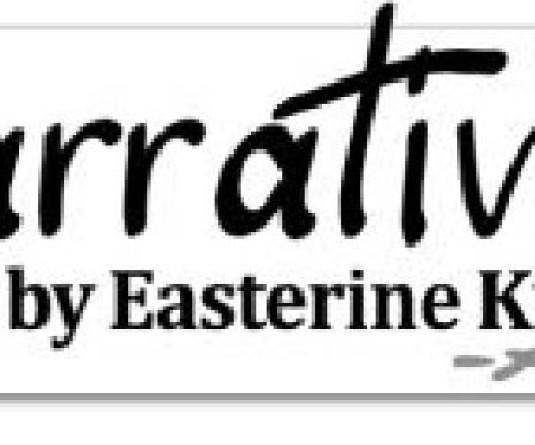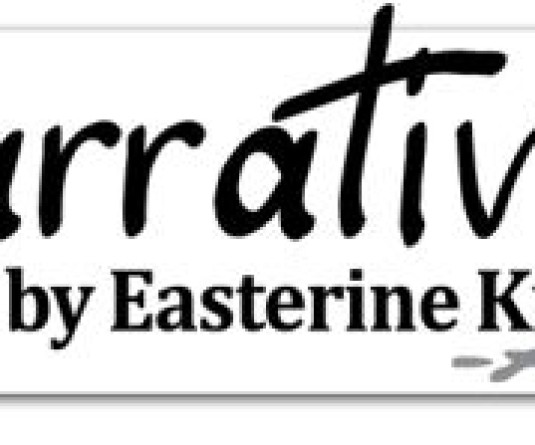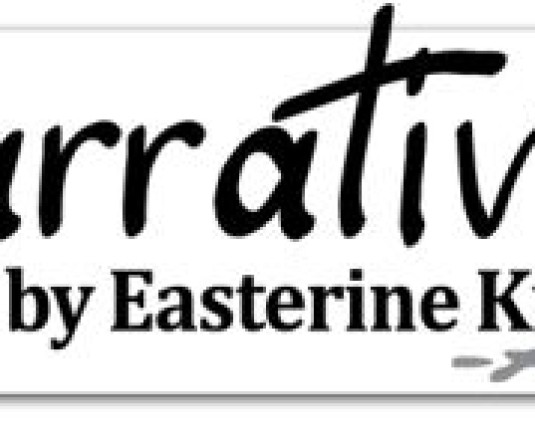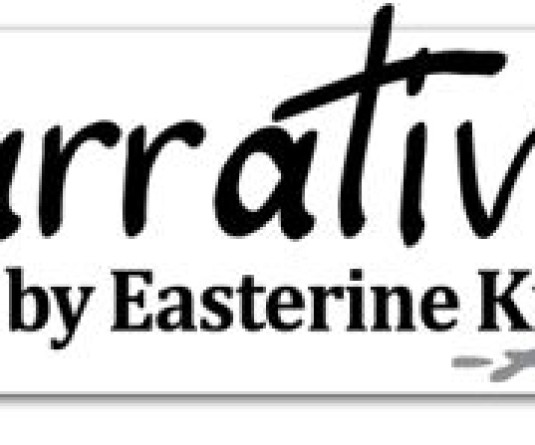
I haven’t given up on this theme. Because we definitely need it. The modern morung can be a place in a central location in each town. Its use would be much more embracing keeping in mind the changing needs of today’s world. In fact, each big neighbourhood or colony could have its own morung. What would be the objective of the modern day morung? It would be multipurpose. That is not just obvious, but a necessity. The taboo of keeping women out of the traditional morung would no longer be in operation. As a matter of fact, it would become an active center for women and children and youth.
These are the activities we could have in a modern-day morung:
1. Storytelling sessions by elders of each tribe with translations into English.
2. Year round workshops on basket-making, weaving and all kinds of traditional crafts.
3. Quarterly lectures on customary laws of the Naga tribes and their application.
4. Bi-annual or quarterly book festivals.
5. Film and documentary festivals.
6. Themed food festivals.
7. Tailoring courses.
8. Knitting courses.
9. Carpentry courses.
10. Radio presentation courses.
11. Television presenters’ courses.
12. Language improvement courses.
13. Basic gardening and basic cooking courses.
14. Folktale and folklore gathering courses.
15. Art and photography courses.
16. Entrepreneurship courses.
The list can go on and on because there is no end to what use the modern morung can be put to. I am looking at it as a center of inter-tribal communication where different tribe members can come and share their skills. For instance, one week could be assigned to the demonstration of Sumi cuisine by elderly Sumi women. Another week could be devoted to learning how to cook Khiamniungan food. The possibilities are endless. We are not too far away from the old way of life that a modern-day morung should seem such an alien concept.
The most important aspect is using the morung to bond old and young, and to create a wholesome center which the members will be taught to respect and protect. It should not be seen as a government owned project, because our history shows us that the idea of ‘public property’ has not gone down well with us Nagas. We have tended to abuse public property, and have had no qualms about stealing items that could be stolen, and vandalizing what is left.
The attitude that was taught to members of the Angami thehou which is the equivalent of the morung was to treat it as their own, taking care of the physical building by renovating it when the time came. They competed to bring firewood for the thehou so that the fire would always be fed. And young boys could not wait for the day to come when they would be initiated into the morung. Each generation taught the next generation how to care for their foremost cultural institution, and in that way they kept their customs alive, and helped the village to survive.
The modern morung could be a center where young people learn skills which they can use to earn a living. The healthy cultural practice of exchanges between different age-groups can be carried on for younger generations to emulate, while practical life lessons are imparted by native professionals. I can’t think of a better way for our society to use a beautiful cultural pattern and turn it to serve contemporary needs. Artistic expressions would be a prominent part of the morung, both the folk and the modern, especially since most young Nagas are so talented at the creative arts. Ideally it would be an institution (for want of a better word) requiring minimum financing, yet its contribution to the mental, social, emotional and spiritual health of the community would be immeasurable.
The modern-day morung would make room to accommodate the elderly among us. We pride ourselves on a culture that does not need homes for the aged. But our elderly are confined to their homes when they are no longer seen as ‘useful.’ Our national treasures are not getting the opportunity to pass on their wealth to younger minds. I can think of no better place than the modern-day morung where their presences could be put to the noblest use.
This inspired thinking on a modern morung has come about due to the problem we regularly face when we want to plan an event. Getting a venue is so difficult, and the available halls are not only highly priced, they are quite hard to come by. I think it’s about time we make the modern-day morung a reality. Other cities have libraries or public spaces that the public can utilize. For Nagas a morung in the middle of a town should not be incongruous. So what about it? Let’s spread the word!






